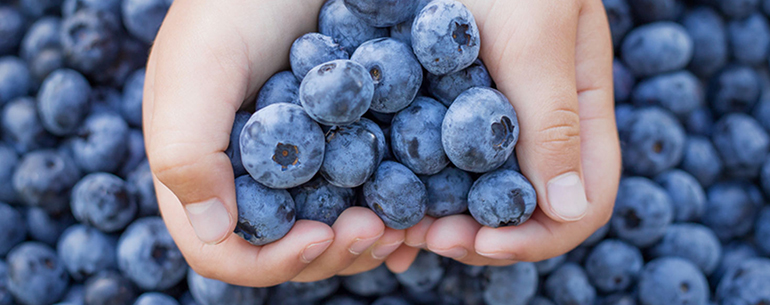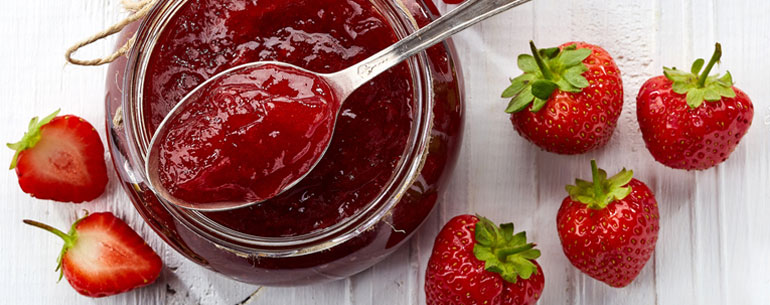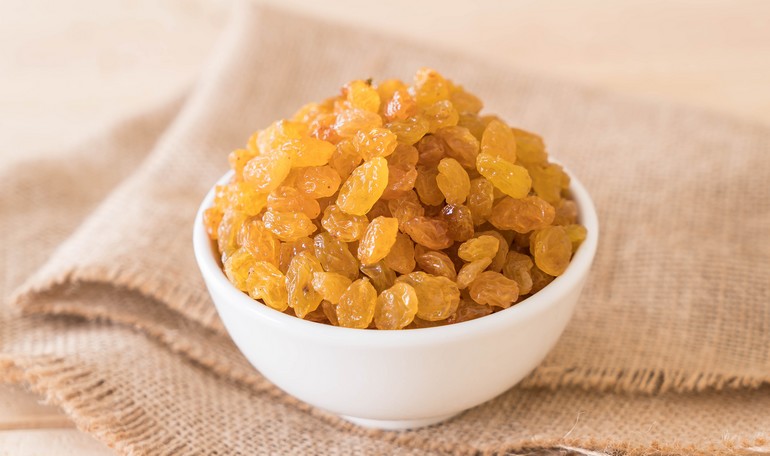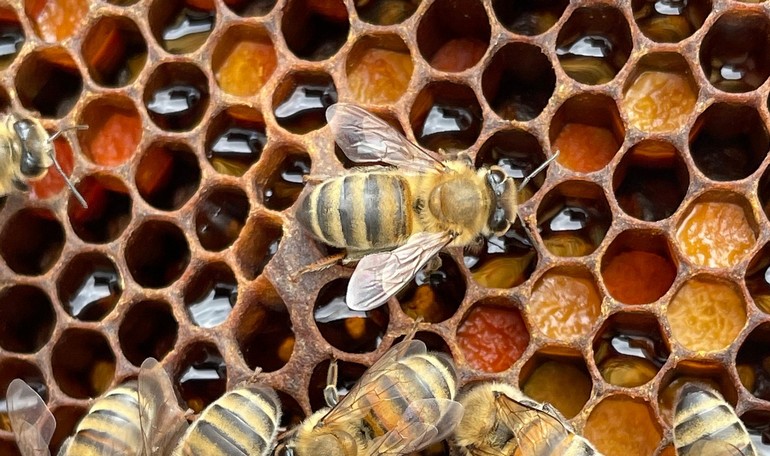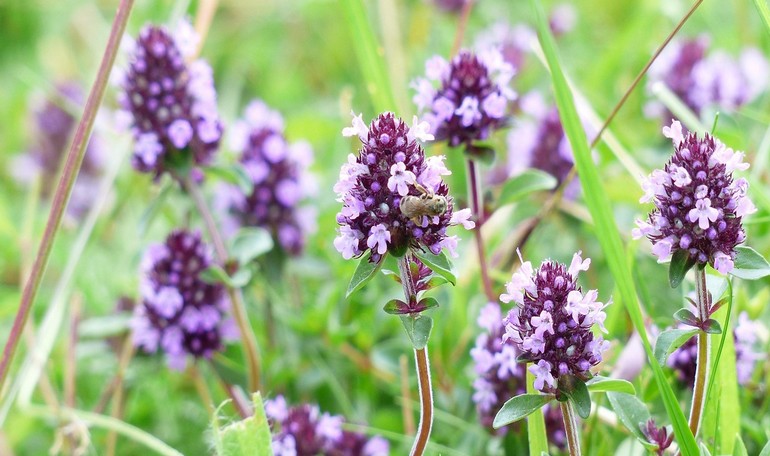The word from the nutritionist
Papaya- Tree of life
The Mayans used to call the papaya plant the "tree of life", while in Nahuatl (the ancient language of Aztecs and Toltecs) papaya was called "sweet fruit from the nurse".

The fruit of papaya is a large ovoid berry that can weigh up to 5 kg, it has a more or less elongated shape and a thick skin. To avoid buying a fruit that is too unripe or overripe, it is important first of all to check its color: a ripe papaya will have green peel with some yellow markings, the yellower the peel, the more mature the papaya. The fruit must also be firm but soft to the touch and the smell should not be too pungent. If you only find unripe papaya (i.e. with green peel) it is necessary to ripen it at home, keeping it out of the fridge for a few days. Papaya pulp is abundant and juicy and has a color ranging from yellow, to pink, to orange to bright red. The seeds have a bitter taste and are normally discarded, but they taste similar to pepper, so they can be dried, pulverized and used to give a pleasant spicy taste to fruit juices and yogurt.
Of the papaya is used throughout. Cooked flowers are a hallmark of Manado's cuisine, the capital of the Indonesian province of North Sulawesi: are stir-fried with coconut oil and have a bitter taste that balances the strongly spicy notes of the local cuisine. Boiled papaya leaves are typical of East Indian cuisine, but they are also dried to prepare an infusion, which seems to have detoxifying and antimalarial properties. The inhabitants of the Caribbean have always used papaya leaves to wrap the meat so as to make it more tender.
Papain is extracted from papaya, an active ingredient with proteolytic function used since ancient times by the indigenous peoples of South America to soften meat. Contrary to popular belief, it does not promote weight loss, but the simple digestion of proteins. More than 1000 tons/year of this enzyme are produced in the world and is used in the manufacture of beer, cosmetics and the food industry. Papain is also used to soften meats: in barbecues is used the juice, that flows by cutting the peel of unripe fruits, to pour it over the meat, making it very tender and juicy.
Sweet and soft as butter papaya is composed mainly of water; it has a good share of carbohydrates and is low in fat and protein. It is characterized by a low calorific value (43 Kcal/100 g), while it contains vitamins (especially vitamin C, A, E), minerals (potassium, phosphorus and calcium), fiber and beneficial substances such as papain and flavonoids. This is why papaya has digestive, anti-inflammatory, remineralizing and antioxidant properties. All the healthy properties of the fresh fruit are concentrated in fermented papaya, which is very fashionable today.
Papaya has a very refreshing flavor, reminiscent of apricots or melon. Of course it can be eaten fresh, alone or inside a bowl with yogurt and nuts, or as an appetizer in combination with ham. With papaya you can prepare delicious drinks or smoothies, as well as of course some fruit salads with an exotic taste: sweet and fresh, papaya smoothie with coconut milk is ideal to sip on summer afternoons. The taste of papaya goes very well with citrus fruits and also binds well with vegetables with which to prepare excellent centrifuges. Papaya and carrot, for example, guarantee you a full of taste and sweetness, enriched with a sprinkling of brown sugar and a squeeze of lemon or lime juice.
Its pasty pulp lends itself as an ingredient to enrich salads: its combination with red and ripe tomatoes is particularly tasty, but it is delicious even when paired with cucumbers, celery, lettuce and valerianella, season with lemon and a drizzle of extra virgin olive oil or, to give an even more exotic note to the dish, with soy sauce or fresh chilli.
Although it seems strange, papaya lends itself well as a condiment for recipes with pasta and risottos. You can make an original risotto by adding the papaya in cubes towards half cooking the rice, or you can create a sauce to accompany the pasta by sautéing the papaya in a pan with spring onion, extra virgin olive oil and thyme.
Published 02 May 2022

